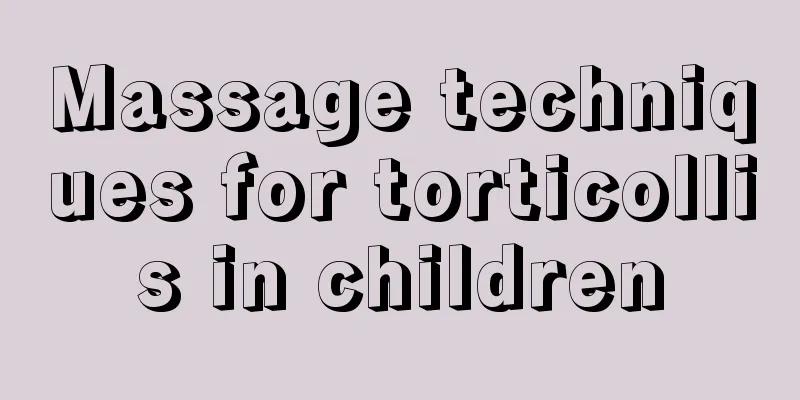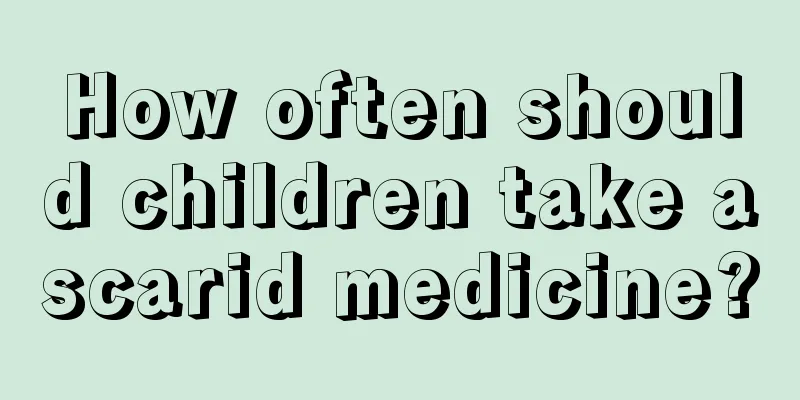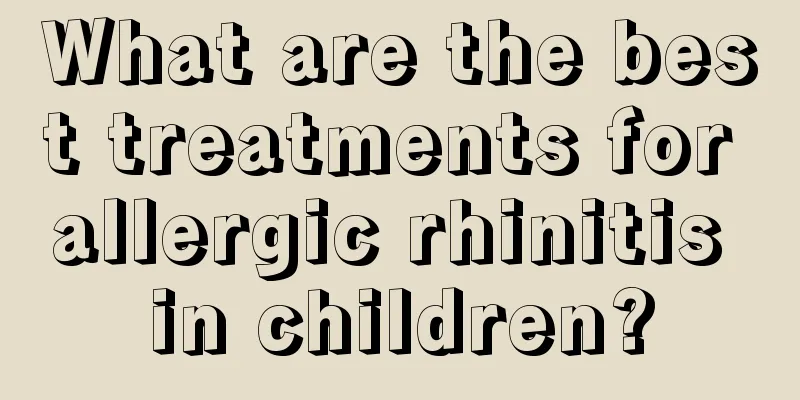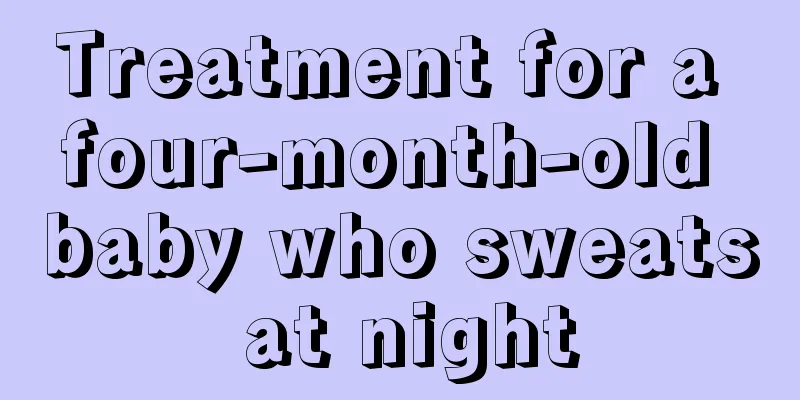2 year old baby hair loss

|
When the seasons change, we will find that our hair falls out more severely, especially women's long hair. A lot of hair falls out every day, which makes women who love beauty very worried and distressed. In fact, hair loss is a normal physiological phenomenon for adults and there is no need to worry. But is it normal for a 2-year-old baby to lose hair? This issue should be treated with caution. Children of this age may also lose their hair, but it is not obvious. If so, certain diseases should be considered. Alopecia areata is a non-scarring hair loss that often occurs in hairy areas of the body. The local skin is normal and there are no subjective symptoms. Causes The cause is unknown. There is lymphocyte infiltration around the hair follicles, and the disease is sometimes combined with other autoimmune diseases (such as vitiligo and atopic dermatitis). Therefore, it is currently believed that the occurrence of this disease may have an autoimmune pathogenesis. Genetic predisposition is also an important factor, which may be related to HLA type II. 25% of cases have a family history. In addition, it may also be related to neurotrauma, mental disorders, infectious lesions and endocrine disorders. Clinical manifestations It can occur at any age, but is more common in young and middle-aged people, and there is no significant difference in incidence between the two sexes. The lesions appear as round or oval non-scarring alopecia, and "exclamation mark"-like hairs are often seen at the edges of the alopecia areata. Loss of all or almost all hair is called alopecia totalis. The loss of all hair on the body (including body hair) is called alopecia universalis. Creeping alopecia may also occur. There are no other abnormalities in the skin of the affected area except the absence of hair. Sometimes nail abnormalities may occur, the most common of which is nail pitting, as well as brittle nails, nail detachment, and ingrown nails. It may also be complicated by cataracts, Down syndrome, thyroid disease and vitiligo. Differential Diagnosis It needs to be differentiated from tinea capitis, cicatricial alopecia, traction alopecia, syphilitic alopecia, and androgenic alopecia, etc. treat Most common alopecia areata tend to heal naturally, but a few cases recur, making them difficult to treat. But there are many treatments that can be combined to treat hair loss. 1. Topical medication (1) Minoxidil 5% minoxidil cream or solution, applied once or twice a day, may be related to its vasodilatory effect. (2) Anthralin 0.5% to 1% Anthralin ointment or cream is a primary irritant. Apply externally 1 to several times daily, until mild dermatitis occurs on the local skin. (3) The contact sensitizer diphenylcyclopropene ketone (DCP) is the most commonly used. (4) Topical or intraperitoneal glucocorticoids. Topical application of 0.05% dexamethasone and 50% dimethyl sulfoxide solution often has better therapeutic effects than creams. 2. Internal medication (1) The glucocorticoid prednisone is taken orally, and the dosage is gradually reduced after a few weeks, and then maintained at a low dose for 6 months. Glucocorticoids are effective, but have significant side effects and are prone to relapse after discontinuation of the drug, so they are not used as a routine treatment. However, it can be tried for acute alopecia areata to prevent it from developing into total alopecia or universalis. (2) The course of cyclosporine treatment is 6 to 12 months. It is effective in some cases, but the drug should be discontinued if there is no effect after 4 months. (3) Thymopentin was injected intramuscularly for 3 weeks. (4) Oral administration of vasodilator niacin. 3. Local injection Local injection of glucocorticoids is suitable for smaller areas of hair loss or important cosmetic areas (such as eyebrows) in patients with alopecia universalis. The injection can be directly into the hair loss area or into its surrounding area in order to control the further expansion of the hair loss area. Care should be taken to avoid possible local skin atrophy and depression. 4. Neuroblocking therapy The greater occipital nerve is blocked. After the nerve is blocked, the skin temperature in the area it innervates rises, which is beneficial to hair regeneration. |
<<: What should children eat if they have a broken bone?
>>: How to care for children with fractures
Recommend
What foods should children eat regularly to nourish their brains?
Parents are very concerned about their children&#...
What to do if your child has abdominal distension due to indigestion
Because children's intestines and stomachs ar...
What should I do if my child always gets a stitch in the side?
Children are different from adults. Some children...
What is the focus of education for children under three years old?
Most parents think that before the baby is three ...
What foods cause precocious puberty?
In our daily life, there are many foods that may ...
What are the benefits of martial arts for children?
Children are in the period of growth and developm...
What to do if your child cannot speak clearly
Children have a strong learning ability and a hig...
Reasons why children have restless sleep
Parents are very concerned about their children&#...
What to do if your child coughs after eating salty food
Children must pay attention to their daily diet a...
How to correct baby's pigeon-toed feet?
Nowadays, people pay much attention to their pers...
Introduction to breastfeeding for newborns
We all know that the birth of a baby means that i...
Treatment of rash after baby's fever subsides
Nowadays, it is not uncommon for babies to develo...
What foods are good for children with night sweats
Night sweats in children are actually quite commo...
What are the cold and anti-inflammatory drugs for children?
When children catch a cold, they will have cold s...
What are the symptoms of egg yolk allergy?
Egg yolks are very nutritious. Not only can they ...









